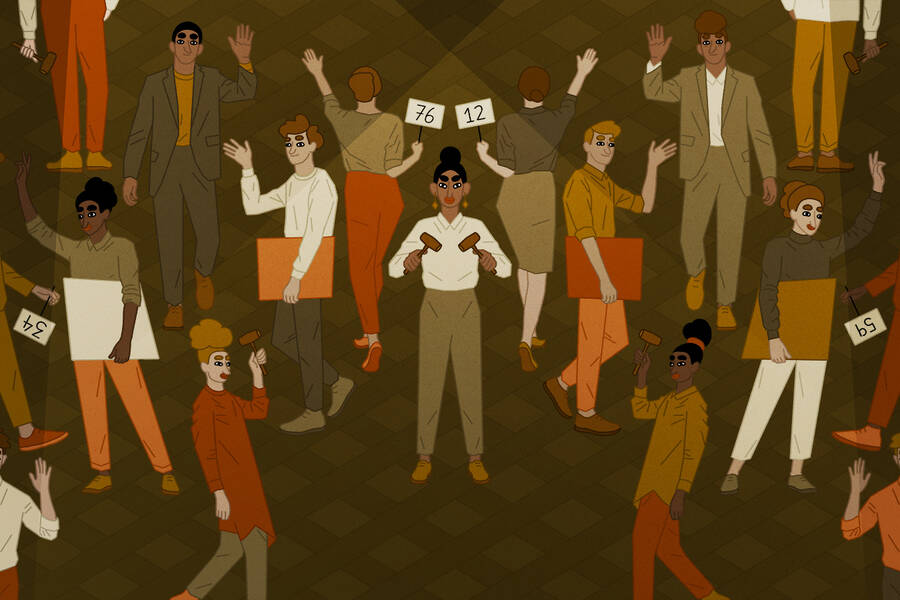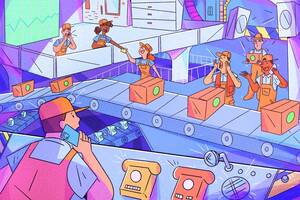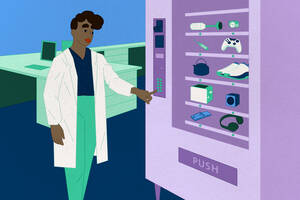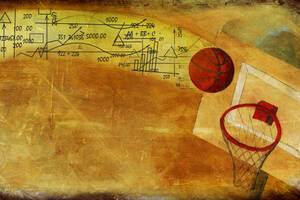Strategy Sep 1, 2025
When People Game the System, It Helps to Shake It Up
Can introducing a lottery for organ transplants discourage line jumpers and give everyone a better chance?
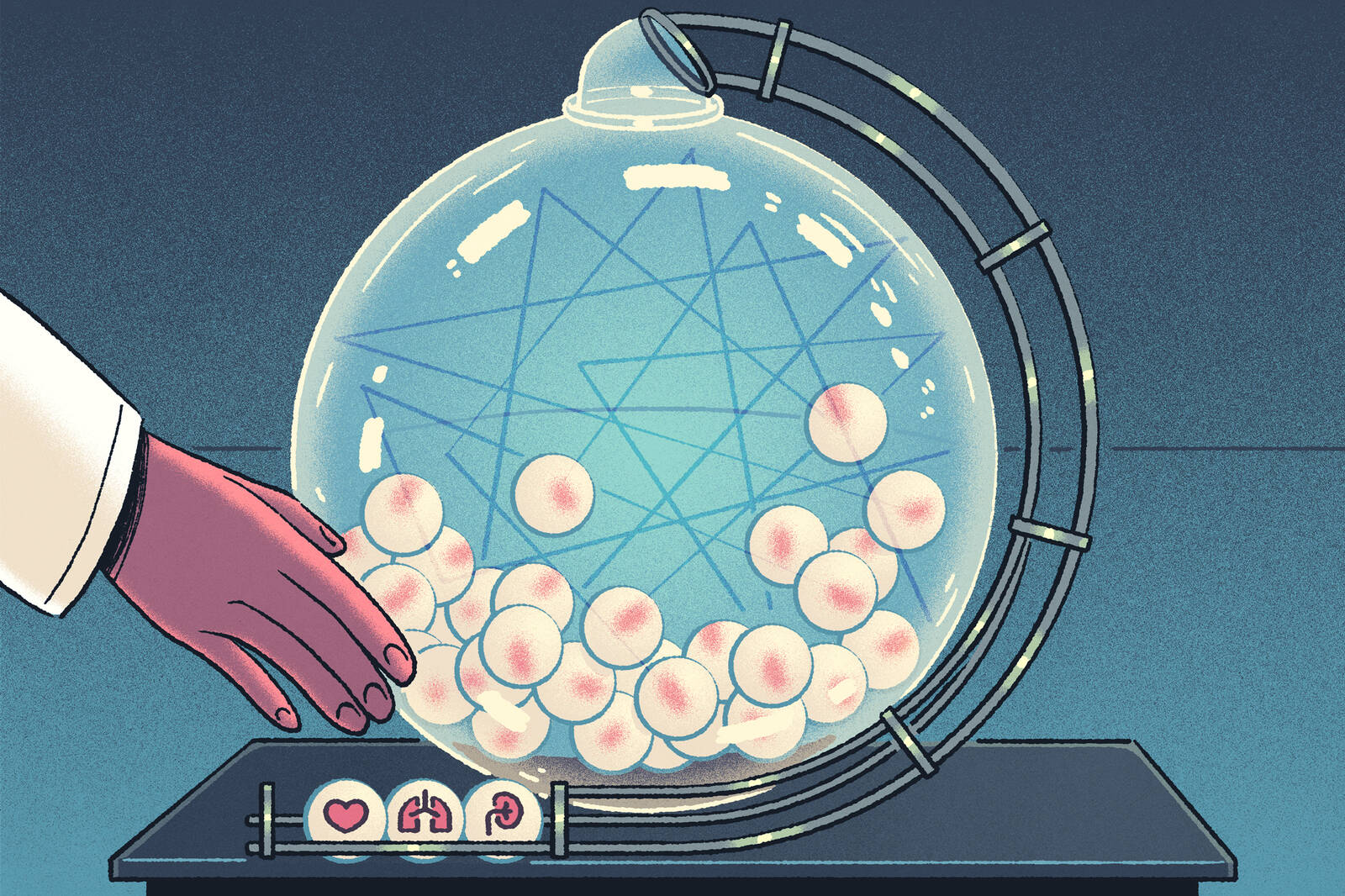
Michael Meier
When you think of gaming the system, it usually implies cheating with malicious intent. But when critical resources are scarce, even well-meaning people can be found bending the rules.
In the delicate and uncertain world of organ transplantation, for example, transplant surgeons occasionally resort to gaming the system in an effort to save their patient’s life. Because there are never enough donor organs to go around, patients are put on transplant waiting lists and prioritized based on a score that measures the severity of their illness. This has encouraged some doctors to be more liberal about ordering certain medical treatments or interventions that would bring their patients higher up on the waiting list—like sending them to the hospital intensive care unit (ICU) even when it might not be essential.
UNOS, a nonprofit organization that matches donor organs to waitlisted patients, “actually stopped using the ICU as a factor in prioritizing liver transplant patients because of the abuse of that method,” says James Schummer, a Kellogg associate professor of managerial economics and decision sciences who studies resource allocation. “And once UNOS decided to stop, ICU treatments for liver transplant patients dropped by half. That’s how severe this ‘gaming’ problem could be.”
Certainly, many of the doctors who gamed the system were only trying to do right by their patients. But what if there was a way to correct these distorted incentives? Schummer and Edwin Muñoz-Rodriguez of the College of Mexico came up with an idea: reserve a small fraction of the available organs that would normally go to the highest-risk patients and offer them to lower-risk patients instead. This rationing, the economists believe, could lower doctors’ incentive to over-treat their patients—while also increasing the odds that higher-risk patients will receive the organs they need.
To test their theory, Schummer and Muñoz-Rodriguez created a mathematical model of patients, doctors, treatments, and a “planner” in charge of allocating donor organs (much like UNOS). The model showed that a planner could always find a “sweet spot” where, even if a fraction of organs was set apart for lower-risk patients, all the patients in the system would have a better chance of receiving an organ—especially the sickest ones. In other words, the researchers’ approach would always deliver better results than the conventional method of only prioritizing the highest-risk patients.
“It’s kind of paradoxical: You’re paying off some of the patients not to game the system,” Schummer says. “And at the end of the day, they all still come out ahead.”
Switching lanes
Ordering extra medical treatment, like a stay in the ICU, in order to get higher up on the waiting list isn’t trivial for patients. “Being in the ICU is, frankly, pretty unpleasant. You don’t want to be there if you don’t have to be,” says Schummer. And these patients are hardly malingering; anyone whose name is on a transplant waiting list is already in bad shape. So what’s the harm in doctors gaming the system a bit?
The harm comes from what Schummer calls “congestion effects.” As the name implies, these effects occur when there is crowding around a desirable resource, making it less accessible to everyone.
Schummer compares the transplant waiting list to traffic on a busy highway. Everyone is headed toward the same destination—that is, receiving a donor organ—but some people are farther ahead than others. The sickest patients, however, ought to have a way of getting there faster—something like a carpool lane. And indeed, they do: just as cars with more occupants are rewarded with access to a less-crowded carpool lane, patients who are more sick get higher priority.
“Now these less-sick patients can say, ‘I’m going to stay in my lane because now I have a shot.’”
—
James Schummer
But what if single commuters started doing something unnecessary, like picking up hitchhikers, just to be able to use the carpool lane? Soon the carpool lane would also become crowded and wouldn’t move faster at all. “That’s the congestion effect,” Schummer says. The same thing would happen on the transplant waiting list: “The more you encourage people to improve their waiting-list position by getting these extra treatments, the more people are going to get in that ‘lane’ and slow it down for everyone else.”
What’s more, the proportion of genuinely sick patients who receive an organ decreases. “If there are 100 people in the ‘carpool lane,’ and only 50 organs, you still have a 50 percent shot,” Schummer explains. “But if 50 more people just showed up, now there are 150 people in the lane. Your odds just went down.”
Changing the game
That’s where rationing comes into play. In the researchers’ model, the planner—that is, an organization like UNOS that manages traffic on the transplant waiting list—intentionally reserves a certain number of organs for lower-risk patients. This would be like telling all the single commuters on the highway that a certain number of them—selected at random—would be allowed to pull onto the shoulder and zoom ahead.
“Now these less-sick patients can say, ‘I’m going to stay in my lane because now I have a shot. Maybe I’ll get an organ; I don’t need to crowd over there to increase my chances,’” Schummer explains. “So you’re balancing out that congestion, while still favoring the people in the ‘carpool lane’—the really sick patients.”
Next, Schummer and Muñoz-Rodriguez adjusted the amount of rationing in their model to examine how it might affect everyone in the system. In effect, they pretended to be the planner. By turning an imaginary dial that controlled how many random cars would be allowed to zoom ahead on the shoulder, they could see how patterns in the traffic changed. Would it get more congested, or less? Would more people reach their destination, or not?
Finding the sweet spot
Schummer and Muñoz-Rodriguez found that, in situations where many individual doctors each treat single patients, there is always an ideal setting where the planner could ration just enough organs for lower-risk patients to prevent doctors from gaming the system. This setting also maximizes the number of higher-risk patients who actually receive the organs they need.
“That’s not an obvious result,” says Schummer. “It might have been ideal not to ration at all and just allow the gaming to take place because you’d still be getting the organs to the right people. But mathematically, you cannot.”
The researchers also adjusted their model to see whether their rationing approach would work in a setting that more closely matched the real world. Doctors were grouped into larger “transplant centers” that treated many patients at once. Schummer and Muñoz-Rodriguez found that not only did the rationing approach still produce better overall outcomes, it worked even better than it did when individual doctors and patients directly competed.
“This is a complex strategic situation, because transplant centers have lots of patients to treat, and they have to decide what to do with all of them,” Schummer says. “But what’s true is that you can set the rationing dial even more toward the sick patients’ benefit and still avoid anyone gaming the system.”
In other words, the planner wouldn’t have to randomly pay off quite as many lower-risk patients at transplant centers compared with situations where individual doctors are competing.
“That means more organs going to sicker patients,” Schummer explains. “That’s what you want.”
A path forward
Schummer stresses that theoretical models—even promising ones like his—can’t be instantly implemented in the real world. “It’s a proof of concept,” he says. “How you adapt this model to any given application requires a lot more work. But this opens the door for other researchers to do that.”
The model also shows that when allocating scarce resources like organs, more competition isn’t always better—a result that runs counter to conventional economic wisdom.
“If there’s a silver lining to this, it’s that in this one area [of organ rationing], less competition between fewer transplant centers is actually better,” Schummer says. “It reduces the number of people gaming the system.”
John Pavlus is a writer and filmmaker focusing on science, technology, and design topics. He lives in Portland, Oregon.
Muñoz-Rodriguez, Edwin, and James Schummer. 2025. “Rationing through Classification.” Working paper.
